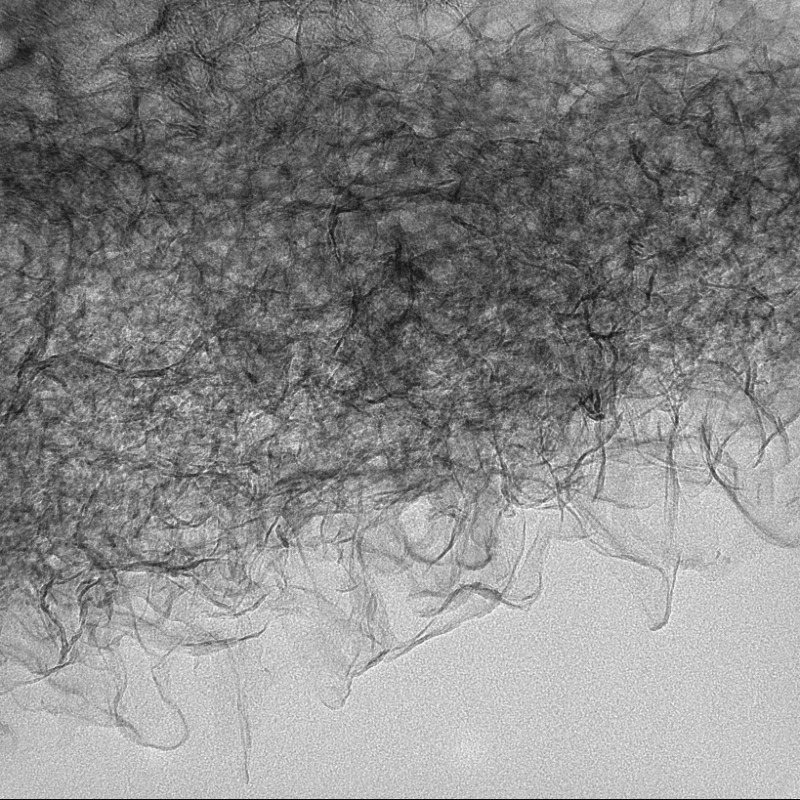Weiyun Coris Chen - AFFILIATE
Water pollution has become one of our society's most serious environmental problems as it can be extremely harmful & irreversible for plants & animals, with ~80% of human diseases related to water pollution [1]. Existing wastewater treatment methods to remove pollutants include flocculation, ultrafiltration, reverse osmosis, membrane bioreactors, etc. However, these suffer from high operating costs and/or low efficiency, especially for removal of specific pollutants such as dyes. Simultaneously, with the emergence of new pollutants such as cationic dyes, carbon tetrachloride, trichloroethene (TCE), fluorinated compounds, etc., new technologies are urgently needed for these contaminants. Carbon nanodots have recently gained attention as potential agents for waterborne pollutant removal due to their catalytic potential together with high surface area, low toxicity, low cost, and high biocompatibility. This project’s aim is to assess the potential of iron-doped carbon nanodots for the catalytic remediation of emerging contaminants from wastewater.
This project’s initial studies have involved the synthesis of carbon nanodots, prepared using a hydrothermal method with different doping involving citric acid as a carbon source. Following successful synthesis characterisation of the dots in terms of their physicochemical properties, such as zeta potential, surface size, surface charge, and pH, their ability to degrade commonly used dyes such as methyl blue will be assessed. Following this, the potential application of these dots to remove dyes & emerging contaminants such as perfluoroalkyl substances (PFAS) will be assessed using industrial wastewaters, with a focus not only on the efficacy of the dots to remove the contaminant but also to assess the ecotoxicological impact of the treated wastewater and its impact on the natural microbial population. Note that this impact is often overlooked when assessing new technologies. Initial characterisation studies conducted thus far has assessed fluorescence, size, shape, and multi-surface functional groups. The next step will be to assess the efficacy of the dots through a series of degradation experiments using dyes.
Coris is supported by an RMIT scholarship.
References
[1] United Nations World Water Development Report (2022). 'Groundwater: making the invisible visible', UNESCO World Water Assessment Programme, ISBN 978-92-3-100507-7, https://unesdoc.unesco.org/ark:/48223/pf0000380721 [accessed 6th March 2023].

Nanostructures
Functional strontium phosphate-coated magnesium alloys for orthopaedic use